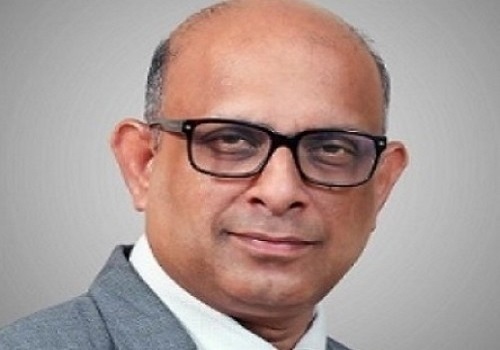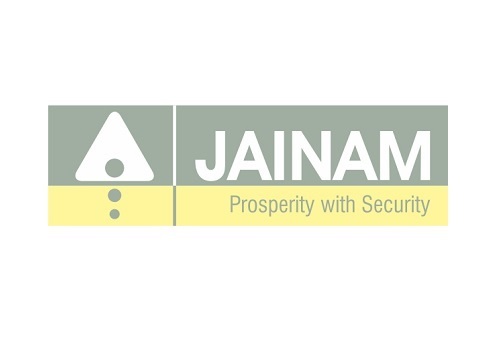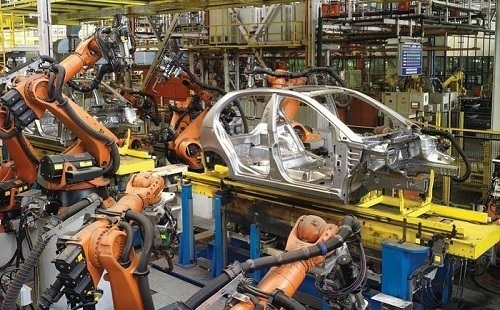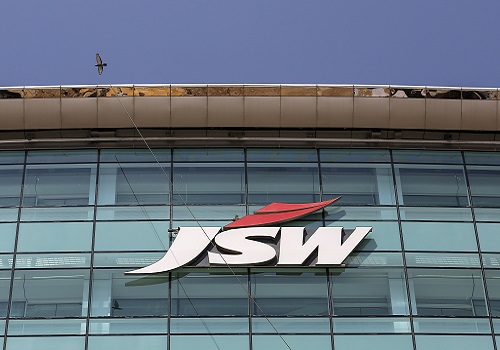Opening Bell : Benchmarks likely to get gap-down opening on Thursday
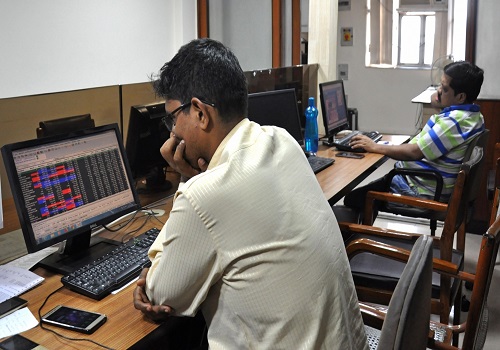
Follow us Now on Telegram ! Get daily 10 - 12 important updates on Business, Finance and Investment. Join our Telegram Channel
Indian markets halted a two-day winning run and ended lower on Wednesday, amid nervousness across global markets. Today, bears are likely to continue dominate markets with gap-down opening mirroring a global sell-off. Foreign fund outflows likely to dent sentiments in markets. Foreign institutional investors (FIIs) have net sold shares worth Rs 461.04 crore on September 21, as per provisional data available on the NSE. However, some respite may come as global rating agency S&P said even though the US and the Euro zone are headed to recession, India is unlikely to face the impact given the not so coupled nature of its economy with the global economy. Paul F Gruenwald, S&P global chief economist and managing director said Indian economy is a lot decoupled from the global economy than we normally think of, given its large domestic demand, even though you (India) are a net importer of energy. But you have enough forex reserves on one hand and your companies have managed to maintain healthy balance sheets. Some support may come as rating agency Crisil said reflecting further improvement in asset quality of banks, their gross non-performing assets (GNPAs) are expected to decline to 5.0 per cent by March 2023. Meanwhile, the Securities and Exchange Board of India (Sebi) is working on a new payment system for the secondary market, which could prevent brokers from accessing their client funds. It will be on the lines of the Application Supported by Blocked Amount (ASBA) process used for subscribing to initial public offerings (IPOs), where funds move out of an investor’s bank account only after the trade is confirmed. There will be some buzz in logistics industry stocks as the Union Cabinet approved the National Logistics Policy (NLP) that aims to enable seamless movement of goods across the country as well as improve the competitiveness of Indian goods in the domestic and export markets. Agriculture industry stocks will be in focus as the first advance estimate of agriculture production for the 2022-23 crop year (July-June) showed that production of rice in the ongoing kharif season is expected to be almost 6.05 per cent less than the same period last year at 104.99 million tonnes. There will be some reaction in solar power industry stocks as the Union Cabinet approved the Rs 19,500-crore proposal of the Ministry of New and Renewable Energy (MNRE) for the second tranche of the production-linked incentive (PLI) scheme for solar equipment manufacturing.
The US markets ended lower on Wednesday as investors digested another supersized Fed rate hike and its commitment to keep up increases into 2023 to fight inflation. Asian markets are trading in red on Thursday tracking losses on Wall Street overnight.
Back home, snapping a two-day winning run, Indian equity benchmarks ended lower on Wednesday amid weakness across most sectors. Key gauges made negative start as traders were concerned as retail inflation for farm and rural workers increased to 6.94 per cent and 7.26 per cent, respectively, in August mainly due to higher prices of certain food items. In July, retail inflation for farm and rural workers stood at 6.60 per cent and 6.82 per cent respectively. Some concern also came as chief economic advisor V Anantha Nageswaran said Indian economy will grow at over 7 per cent, down from above 8 per cent of growth rate projected in January. He, however, said that the economic momentum and the animal spirits are unmistakable. Key gauges extended losses in afternoon deals after the Asian Development Bank (ADB) in an update of its flagship economic publication, Asian Development Outlook (ADO) has lowered its 2022 economic growth outlook for India, amid sluggish global demand and tightening of monetary policy to manage inflationary pressures from elevated prices for oil and other commodities. ADB forecasts growth of 7.0% for fiscal year (FY) 2022 (ending March 31, 2023). That compares with a projection of 7.5% in April. The growth outlook for 2023 is also revised down to 7.2% from 8.0%. Traders overlooked the chairman of National Bank for Financing Infrastructure and Development K V Kamath’s statement that India is expected to be a $25-trillion economy in 25 years. He said the Indian economy is growing at a compound annual growth rate of 8-10 per cent. Meanwhile, foreign institutional investors (FIIs) have net bought shares worth Rs 1,196.19 crore on September 20, as per provisional data available on the NSE. Finally, the BSE Sensex fell 262.96 points or 0.44% to 59,456.78 and the CNX Nifty was down by 97.90 points or 0.55% to 17,718.35.
Above views are of the author and not of the website kindly read disclaimer






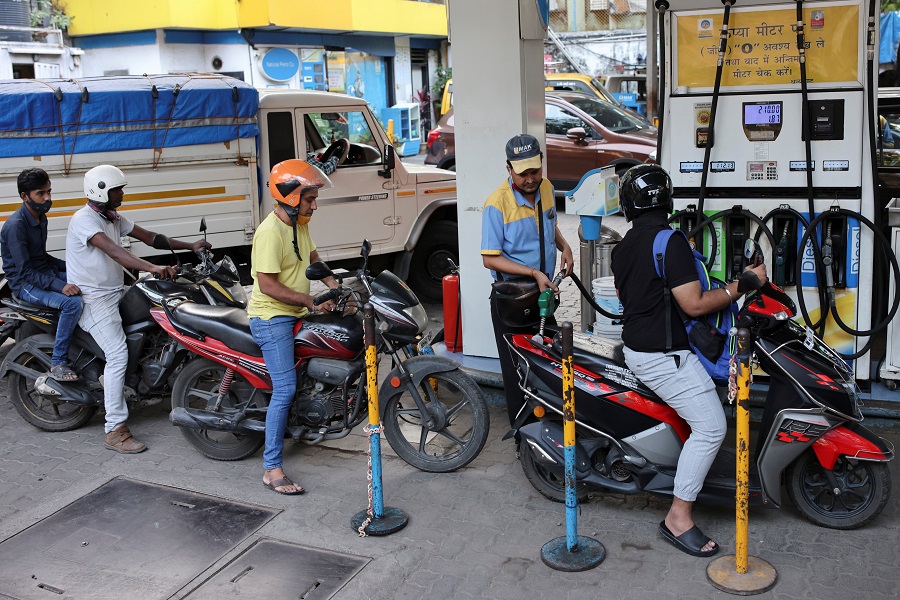
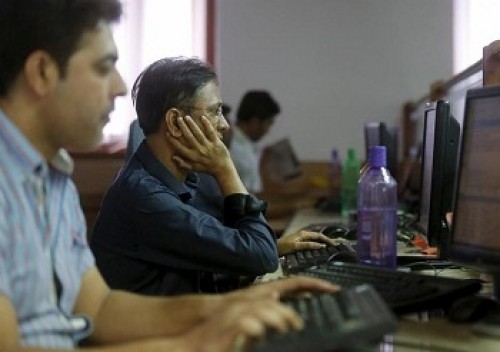

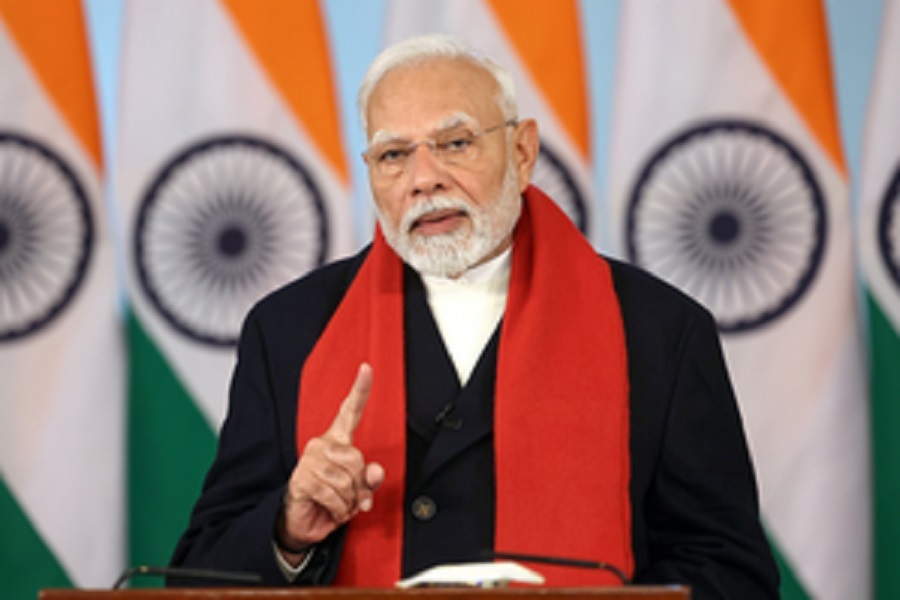
Tag News

Weekly Market Analysis : Markets strengthened recovery and gained nearly 2% in the passing w...
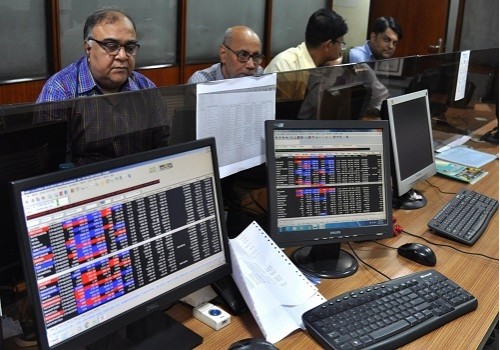
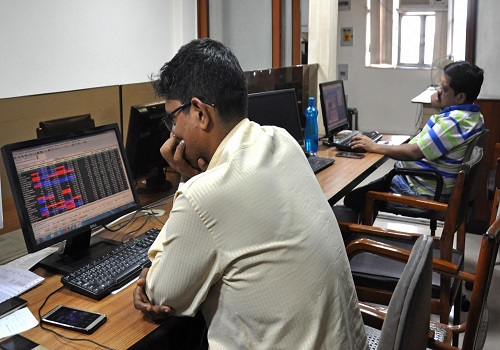
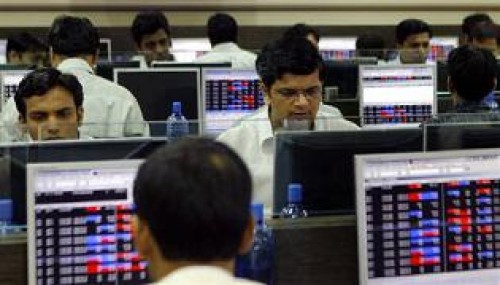
More News

Index is likely to open on a flattish note today and is likely to remain range bound during ...
